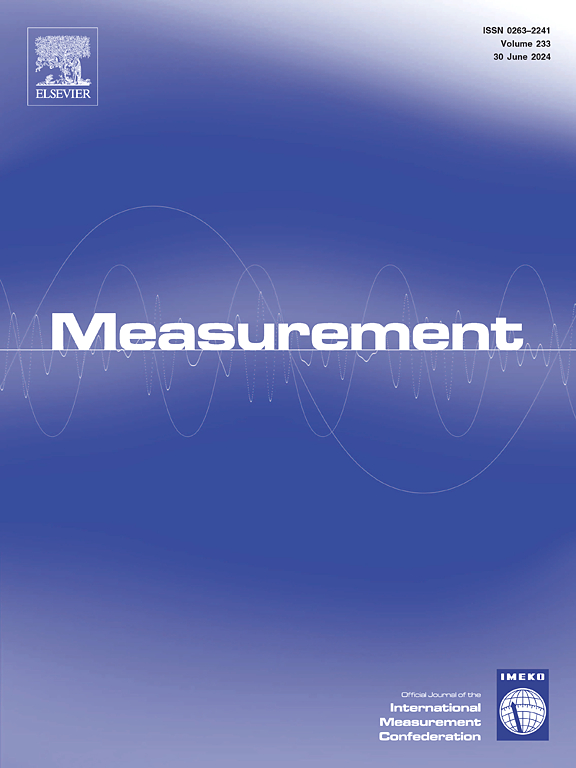Evaluation on tensile and shear failure characteristics and mechanisms of cement-asphalt interface in semi-flexible paving materials (SFPM) using innovative interface measurement approaches
IF 5.6
2区 工程技术
Q1 ENGINEERING, MULTIDISCIPLINARY
引用次数: 0
Abstract
The interaction between the inorganic components of cement phase and the organic components of asphalt phase tends to form a weak interface in the SFPM. However, characteristics of cement-asphalt interface in the SFPM remain unclear owing to a lack of direct and effective measurement methods for the interface. Hence, an interfacial tensile measurement approach and a 45° interfacial shear measurement approach are developed to investigate tensile and shear properties and failure mechanisms of this interface in the SFPM, considering various asphalt binders and interface modifiers. Results show that: the modification effects of interface modifiers are particularly pronounced at temperatures below 0 °C. The application of various interface modifiers results in enhancements of 20–30 % in tensile resistance and 6–8 % in shear resistance at the interface. Among these modifiers, cationic emulsified asphalt demonstrates the most substantial effect. As the temperature increases, the modification effects on the asphalt binder become more pronounced. Notably, the interface modified with high-viscosity modified asphalt binder exhibits the most significant improvements, with tensile resistance increasing by over 50 % and average shear strength rising by 38 %. Additionally, an examination of interface failure mechanisms reveals that, under low-temperature conditions, failure predominantly occurs at the cement phase, whereas at higher temperatures, cohesive failure of the asphalt phase becomes the primary failure mode.
基于创新界面测量方法的半柔性铺装材料水泥-沥青界面拉剪破坏特征及机制评价
水泥相的无机组分与沥青相的有机组分之间的相互作用倾向于在SFPM中形成弱界面。然而,由于缺乏直接有效的界面测量方法,SFPM中水泥-沥青界面的特征仍然不清楚。因此,在考虑各种沥青粘合剂和界面改性剂的情况下,开发了界面拉伸测量方法和45°界面剪切测量方法来研究SFPM中该界面的拉伸和剪切特性及其破坏机制。结果表明:在温度低于0℃时,界面改性剂的改性效果尤为明显。应用各种界面改性剂可使界面抗拉性能提高20 ~ 30%,抗剪性能提高6 ~ 8%。其中,阳离子乳化沥青的改性效果最为显著。随着温度的升高,改性对沥青粘结剂的影响更加明显。其中,高粘度改性沥青粘结剂对界面的改善最为显著,抗拉强度提高50%以上,平均抗剪强度提高38%。此外,对界面破坏机制的研究表明,在低温条件下,破坏主要发生在水泥相,而在高温下,沥青相的内聚破坏成为主要的破坏模式。
本文章由计算机程序翻译,如有差异,请以英文原文为准。
求助全文
约1分钟内获得全文
求助全文
来源期刊

Measurement
工程技术-工程:综合
CiteScore
10.20
自引率
12.50%
发文量
1589
审稿时长
12.1 months
期刊介绍:
Contributions are invited on novel achievements in all fields of measurement and instrumentation science and technology. Authors are encouraged to submit novel material, whose ultimate goal is an advancement in the state of the art of: measurement and metrology fundamentals, sensors, measurement instruments, measurement and estimation techniques, measurement data processing and fusion algorithms, evaluation procedures and methodologies for plants and industrial processes, performance analysis of systems, processes and algorithms, mathematical models for measurement-oriented purposes, distributed measurement systems in a connected world.
 求助内容:
求助内容: 应助结果提醒方式:
应助结果提醒方式:


